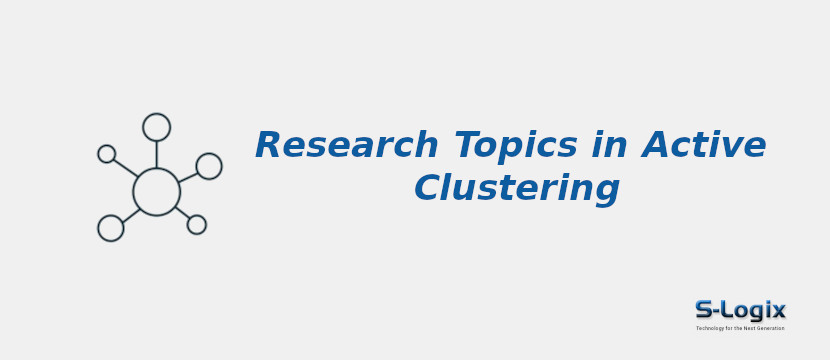Active clustering refers to a subset of clustering techniques in machine learning where the algorithm dynamically selects, queries, or actively seeks information from the data points during clustering process. Unlike traditional clustering methods that passively analyze the entire dataset, active clustering algorithms intelligently choose which instances to query, aiming to improve the efficiency and effectiveness of the clustering process. This approach is particularly valuable in scenarios where obtaining labels for all data points is resource-intensive or impractical.
In active clustering, the algorithm may iteratively query data points typically considered uncertain or ambiguous to gain additional information about their true cluster assignments. The algorithm then adapts its clustering model based on the acquired information gradually refining the cluster assignments. The main objective of active clustering includes reducing the labeling cost by selecting the most informative instances for annotation, handling large and high-dimensional datasets more efficiently and improving the accuracy of clustering model by strategically acquiring information about challenging data points.
Active clustering methods often leverage uncertainty measures such as entropy or margin, identify instances that are uncertain or on the cluster boundaries. By actively selecting and labeling these instances, the algorithm aims to enhance the overall quality of the clustering results. Active clustering techniques find applications in various domains, including image segmentation, document clustering, and bioinformatics where labeling every data point may be impractical, expensive, or time-consuming.
Cluster quality criteria are essential metrics used to assess the performance and effectiveness of clustering algorithms including those used in active clustering. These criteria help evaluate how well the algorithm has grouped data points into meaningful clusters. In the context of active clustering, the following cluster quality criteria are commonly considered,
Intra-cluster Similarity: Measures the similarity or homogeneity within each cluster. Common metrics include the silhouette score, cohesion, or average similarity between all pairs of points within the same cluster.
Inter-cluster Separation:Assesses the dissimilarity or separation between different clusters. Metrics like Dunn index, inter-cluster distance, or ratio of inter-cluster to intra-cluster distances provide insights into how well-separated clusters are from each other.
